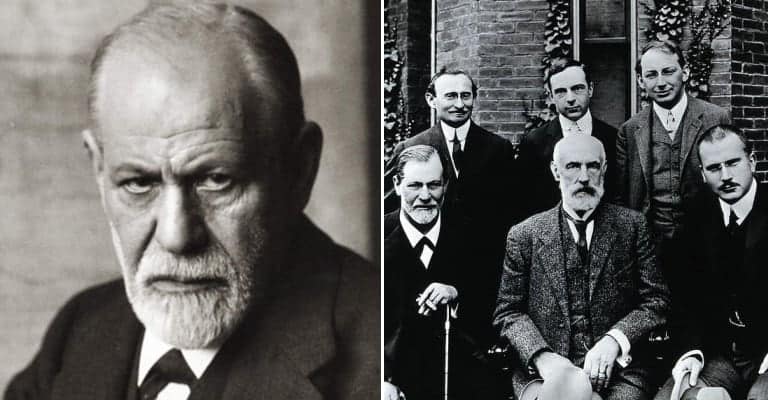To some, Sigmund Freud was a nearly godlike figure who delved deeply into the human mind and in so doing discovered many of the secrets of the human condition. To others, he was a fraud who understood little, explained less, and created a new science which has since done more harm than good. There is little doubt that Freud changed the way childhood is regarded by adults, including how they look back on their own. Some subscribe to Freud’s ideas and philosophies religiously, some include portions of Freud in their own ideas, and still, others hold him firmly at a distance, disavowing his beliefs completely.

But all must agree that his influence on humanity was and remains substantial. Virtually everyone refers to the ego, usually someone else’s, in everyday conversation. Freud was controversial in life, remains so after death, and his theories remain the basis of the practice of psychoanalysis, itself controversial to some. A Jewish theorist who developed his views in late 18th and early 19th Vienna, in a time and place rampant with antisemitism, Freud remains as complicated as the mind he struggled to reveal. Here are some lesser-known facts and anecdotes about Sigmund Freud.
1. Sigmund Freud was born with a caul, interpreted as an omen by his mother

Being born with a caul (a thin membrane over the head and face) was considered an omen of good luck since medieval times in Europe. The presence of the caul was of no harm to mother and infant, and the midwife or doctor in attendance simply removed it, though it was seldom disposed of. They were often sold for good luck. Being born with a caul was extremely rare, as it remains, occurring in about 1 in 80,000 births. Not all superstitions about the caul are positive, Romanian folklore claimed it to be a sign that a vampire had been born. Sailors once purchased them as a charm against being drowned.
Freud’s mother, Amalia, viewed the omen as a positive one for her first-born son (she would bear another seven children, one of whom died in infancy). She believed that the caul indicated that her son was destined for greatness, and the story was repeated within the family circle during Sigmund’s childhood. Freud later questioned whether the story and his mother’s belief, instilled within him what he called his own “thirst for grandeur”. Amalia was 20 years younger than her struggling husband, Jakob Freud, who brought to their marriage two sons by his deceased first wife. Freud was thus the first son of his mother, the third of his father.

